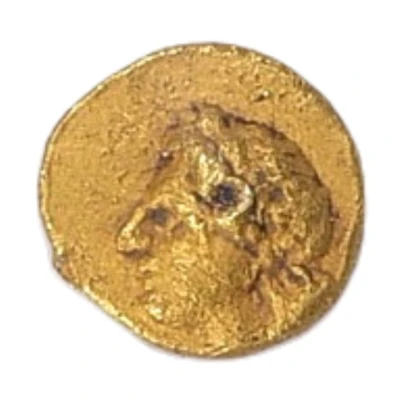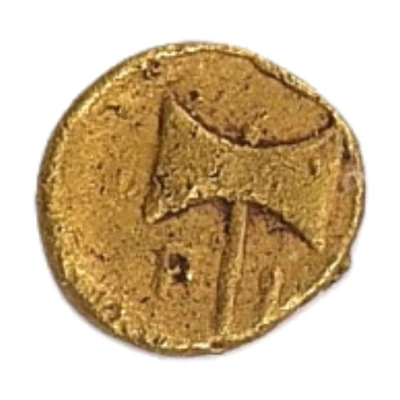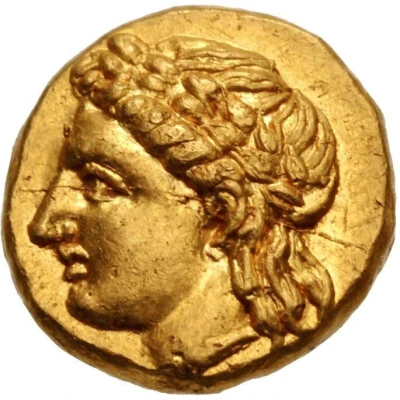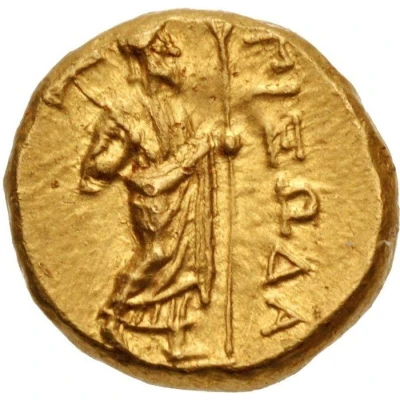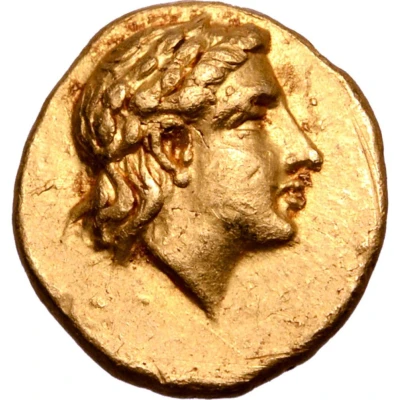
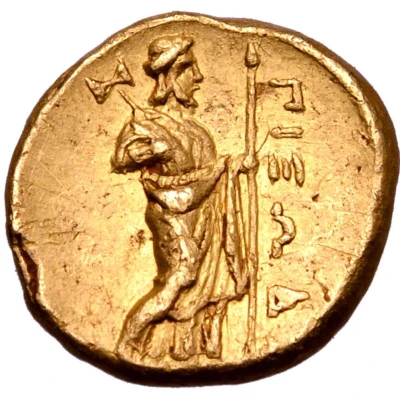

© Roma Numismatics Limited
Gold Hekte - Pixodarus Halicarnassus 341 BC - 336 BC
| Gold | 1.37 g | 9 mm |
| Issuer | Achaemenid Satrapy of Caria (Achaemenid Satrapies) |
|---|---|
| Satrap | Pixodarus (340 BC - 334 BC) |
| Type | Standard circulation coin |
| Years | 341 BC - 336 BC |
| Value | ⅙ Daric |
| Currency | Persic daric |
| Composition | Gold |
| Weight | 1.37 g |
| Diameter | 9 mm |
| Shape | Round (irregular) |
| Technique | Hammered |
| Orientation | Variable alignment ↺ |
| Demonetized | Yes |
| Updated | 2024-10-10 |
| Numista | N#397459 |
|---|---|
| Rarity index | 100% |
Reverse
Zeus Labraundos standing to right, wearing a chiton and a himation, holding a double-headed axe and lotus-tipped sceptre.
Script: Greek
Lettering: ΠIΞΩΔ
Comment
BMC Caria, p. 184, 2.
Interesting fact
One interesting fact about the Gold Hekte coin of Pixodarus (Halicarnassus) is that it features a unique blend of ancient Greek and Persian design elements. The obverse side of the coin depicts a bearded king, likely Pixodarus himself, wearing a Persian-style crown and a cloak, while the reverse side shows a Greek-style owl perched on a branch, surrounded by a Persian-style legend. This fusion of design styles reflects the cultural exchange and influence that occurred during the Achaemenid Empire's rule over the Satrapy of Caria.
